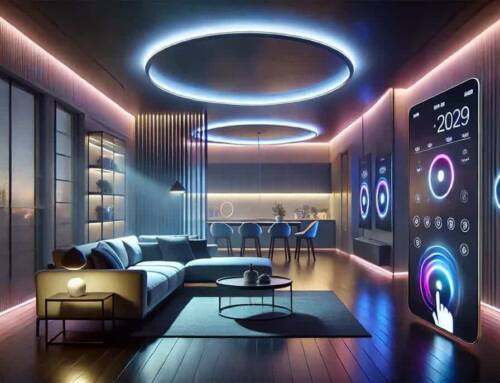Contents
White LED Strips Understanding the Differences
Overview of White LED Strips
White accented lighting is something we come across frequently in our everyday lives. We’re used to seeing lights used outdoors as a way to light a path and also in many home and office settings. They can provide either a soothing experience or a thrilling adrenaline rush depending on the setting and application.
Lighting is designed to enhance an experience and environment and white accented lighting is used to capture your attention or to highlight an important subject. They are used in everything from film, theatre, and live events to the everyday uses we mentioned.
One thing a lot of people don’t realize is that white LED light strips actually come in different variations, not just “white.” The types are each suited to different types of applications.
Today we’ll be comparing the Warm White, the Cool White, and the Neutral White LED strips.
White LED Strips: Colors and Applications
At SIRS-E, we have a selection of three main white LED strips. They range from warm, white, and cold white; each having its normal and waterproof counterpart.
- 5050 Warm White – this type of LED strip is most often used in home applications for things like cabinet lighting or restroom lighting. It’s more of a natural or cozy type of light; many people feel that it’s like sunlight. Warm white lighting is great anywhere you want to create a soft and welcoming atmosphere. The warm white LED strip has a color temperature between 3000-5000K.
- Cool White – these lights have a bit of a bluish tone to the white. It has a futuristic feel and is great for any application where there’s a desire to really highlight something. You’ll often-times see these lights used in jewelry display cases because the bluish light really makes the diamonds sparkle.This LED strip reaches a color temperature between 12000-14000K, and is perfect for your study, cupboards, or kitchen installations.
- Neutral White–there are no bluish or yellowish colors in these LED light strips, it’s the closest to pure white that you can get. It’s perfect for home use if you’re looking for a more modern affect. It’s similar to fluorescent lighting. It outputs a color temperature between 8000-9000K, and fits well with architectural and accented lighting.
White LED Strips: Styles and Sizes
There are many different styles and sizes. We carry two sizes: the 3528 and the 5050 White LED strip. The brightness output of the 3528 SMD is much less significant than the 5050 SMD LED. Meaning, the 3528 SMD LED strips are best for small lighting applications like jewelry displays. 5050 SMD’s output a higher brightness level and are mostly used for ambient lighting.
As for the sizes, we have two different types: 60 LED’s per meter or 120 LED’s per meter for the 3528 SMD chips; and 30 LED’s or 60 LED’s per meter for the 5050 SMD chips. These are also referred to as single and dual density LED strips, respectively. The single vs dual density refers to how many LED chips are on a particular strip. The LED’s on the single density strips are a little more spaced out than the dual density strips. You’ll definitely notice the difference between the two.
There isthe variable white LED Strip, at the shop that integrates all three whites in one. This product offers the ability to change color temperatures through a DMX or RF controller. It is highly efficient and has low power consumption. It can be used through live performances (in case a static color temperature is not enough), architectural lighting, and every day practices like display cases.
Each strip has a certain Correlated Color Temperature (CCT) that fit the description of the color being produced by the LED chips. Color temperature sets the definition between cool (bluish hint to the white) and warm (yellowish hint to the white) colors. They are defined on a temperature scale measured in Kelvin.
The CCT goes hand-in-hand with the Color Rendering Index (CRI), although, the CRI does not define the LED’s color. That is left to the CCT. What the Color Rendering Index does is measure the color characteristics of a light source. Different White LED strips offer different color rendering indexes. The CRI distinguishes the quality of the specified light output on the appearance of objects. For example, take a street light, sometimes you cannot tell what color it outputs. This is because of its index generating a continuum of the color spectrum, instead of separating each individual color.
Shop the LED Lighting department, and discover endless possibilities.












Leave A Comment
You must be logged in to post a comment.